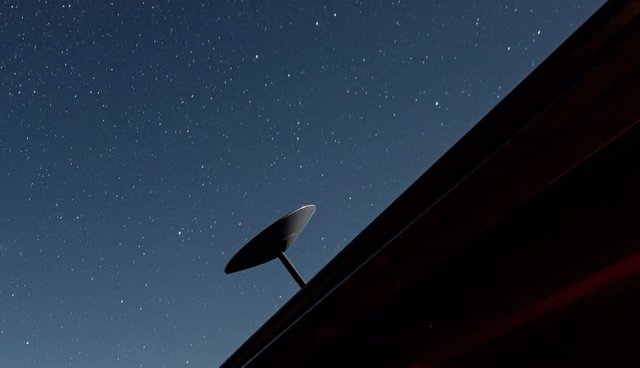Starlink satellite internet from SpaceX is currently available in 32 countries.
Elon Musk's Starlink tweeted that its internet service is now available in 32 countries across the world. Parts of Australia, Brazil, Chile, the United States, Canada, and much of Europe designated as "accessible" on its map can have their equipment supplied "quickly." Since exiting beta last year, the service has slowly expanded, with 12 nations available as of September 2021, up from 25 in February.
The map of Starlink shows "available" (light blue), "wait list" (medium blue), and "coming soon" (dark blue) locations (dark blue). At latitudes below 60 degrees north, the service has a potential near-global reach, however availability is determined country by country.

The kits, which contain a satellite antenna dish, a stand, a power supply, and a WiFi router, have recently increased in price and now cost $549 for reservation holders or $599 for new customers. The monthly service fee also increased from $99 to $110. For an extra $25 per month, users can purchase a portability function that allows them to take the kit with them while travelling.
To begin with, the company is focusing on isolated areas that are currently unconnected. As of Q4 2021, it delivers decent download/upload rates of 104.97/12.04 Mbps in the United States, closely matching fixed US internet connections. In principle, as the corporation adds more satellites and ground stations, speeds should increase. Latency is slower than fixed broadband (40 milliseconds vs. 14 milliseconds), but significantly better than HughesNet (729 milliseconds) and Viasat (729 milliseconds) (627 milliseconds).
Starlink has been marred by controversy. Thousands of satellites in its constellation have interfered with Earth telescope views, according to astronomers, and the business recently lost 40 satellites due to a geomagnetic storm. In addition, the French regulator ARCEP temporarily suspended Starlink's authorization to operate, with a final decision due soon.